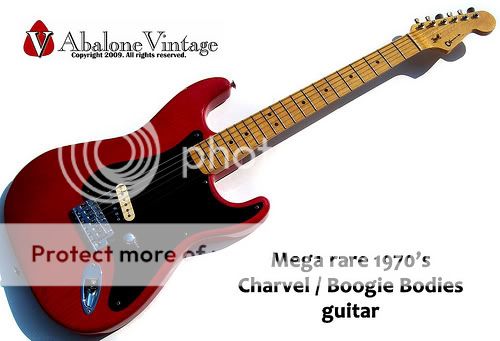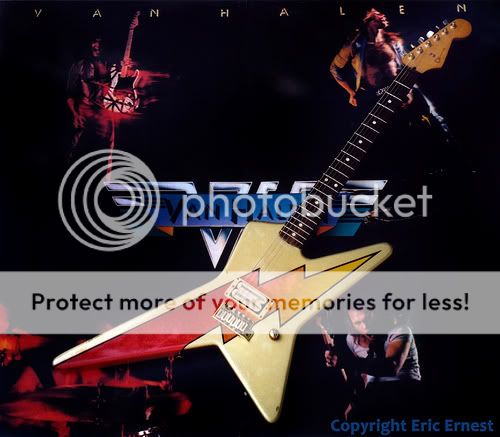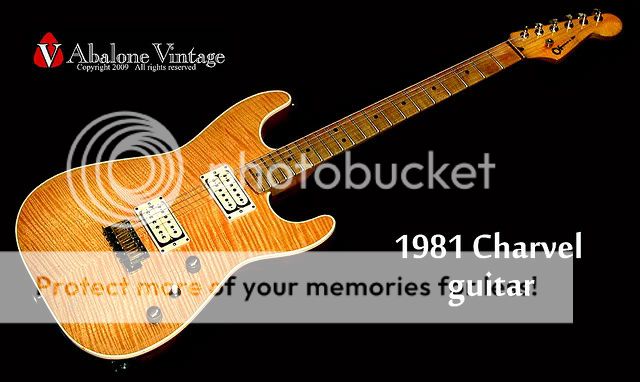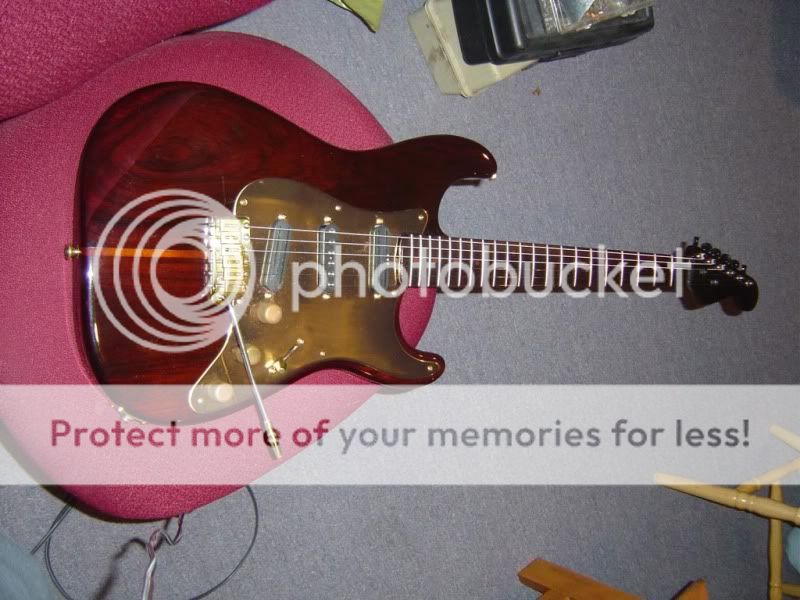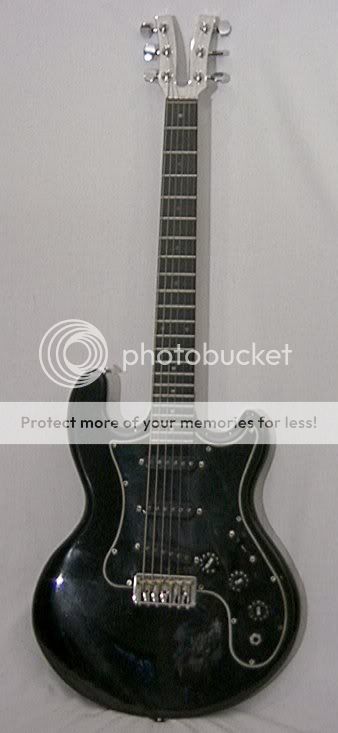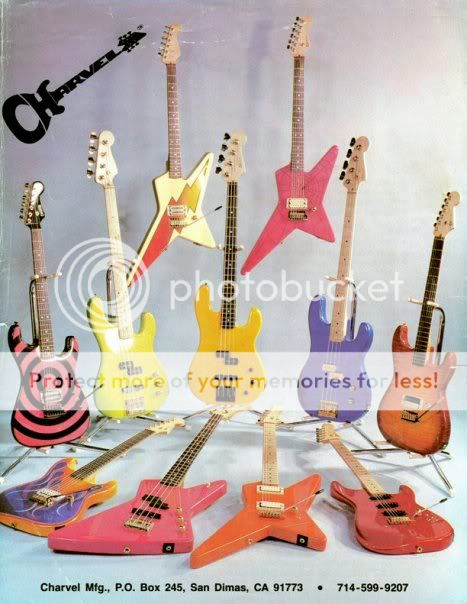Some good info here...I'll add my .02, some of which will be a repeat of some things said (kudos to Curt and Mike for well written posts). This isn't gospel, just how I understand things.
Several guys were all together at the forefront of making "parts"...Lynn Ellsworth (Boogie Bodies), Dave Schecter, and Ken Warmoth I believe was also around but I can't recall in what capacity (worked for Boogie perhaps?). Wayne Charvel had a repair shop where he sold parts made by Lynn and Dave. Dave's "right hand man" was Tom Anderson who joined the operation in '77...not long after Dave opened his shop in '76. When Wayne started building guitars he was still using Boogie and Schecter parts...it wasn't until Grover Jackson purchased the business in '78 that they began making their own stuff (but still sourced parts as well), as well as supplying parts to other companies (Dimarzio for one). This was a convoluted era and I'm not sure anyone will ever know exactly how things went down...too many people who are actually "in the know" seem to be less than forthright about what was going on.
As far as building an actual "super strat", Eddie Van Halen usually gets the credit for his Frankenstein guitar that was built using Boogie parts purchased from Wayne. IMO, this simply isn't where credit is due. Eddie had dropped a humbucker in a real Fender Strat prior to that and Hiram Bullock had an early 60's Strat that he purchased in the late 60's (or perhaps early 70's...I used to know but can't remember for sure) with two PAFs already installed by a previous owner. I have yet to see a hot-rodded Strat that predates Hiram's.
So who gets credit? Hiram was first notable to use one but he didn't even build it. Eddie is the first guy we know to have actually built one himself. Schecter is the first company to go to production using their own parts but as Curt noted, they were more about building a better, prettier Strat since Fender quality had plummeted earlier in the decade (although Schecter did build some "hot rods"). They actually gained most of their early popularity when Pete Townsend started using a HH Tele in '79. Wayne simply slapped parts guitars together. Grover built hot rodded Strats and really brought them to the masses.
So who's the godfather? I think its a matter of opinion, but I can certainly see why somebody would say Dave Schecter/Tom Anderson...Fender even tried to copy them by releasing Strats with brass parts in the early 80's. That said, I'll go with Grover Jackson as he's the one who's company (Charvel...later Charvel/Jackson) took the idea early on and ran with it. The Kramers, Ibanezes, ESPs, BC Richs (ST, Gunslinger), Hamers, etc were all Charvel wannabes. Additionally, Grover brought us the Jackson Soloist which IMO is first true superstrat in that it was something more than just a hot-rodded Fender copy (although Boogie built a few neck through Strats they were never popular and still retained typical Strat contours)...it was a complete functional rethinking of guitar design.
each time.

